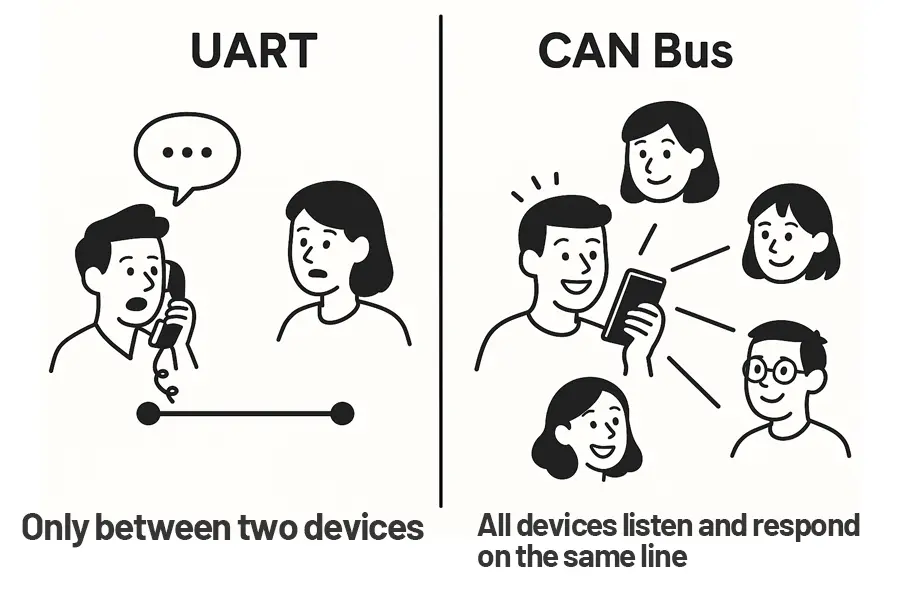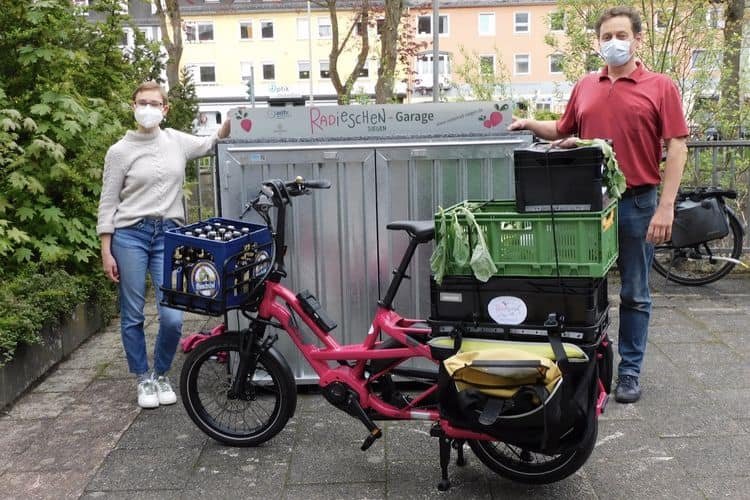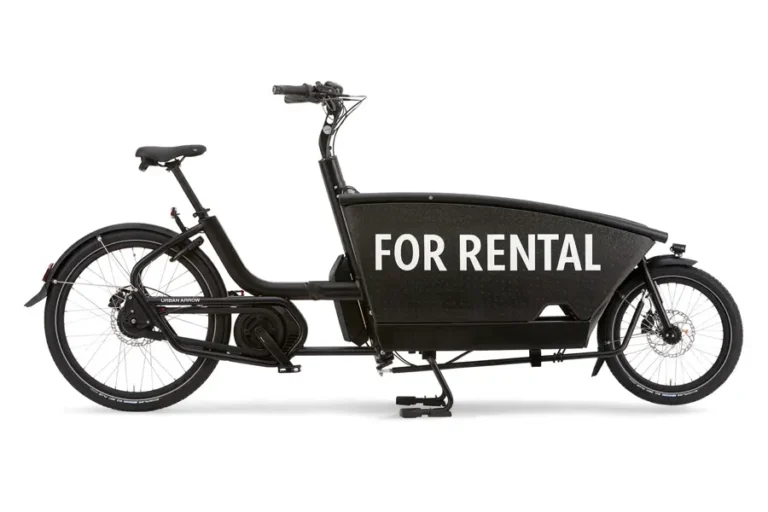Electric bikes have revolutionised urban commuting and cargo transportation, but occasionally, users report that their e-bike simply isn’t going as fast as expected — even with a fully charged battery and no visible faults. At Regen, where we provide full-cycle OEM/ODM services for both commuter and cargo e-bikes, we often troubleshoot such issues for our clients across Europe. In this article, we’ll guide you through a comprehensive, engineer-level breakdown of all the possible reasons why your e-bike might be underperforming — and what to do about it.
Whether you’re a fleet buyer, a family rider, or a B2B distributor working with our frame and electronics systems, understanding the root causes behind limited e-bike speed is essential to ensure customer satisfaction and performance compliance.
Understanding What “Slow” Means in E-Bike Terms
Before jumping into diagnostics, it’s worth clarifying what “slow” actually means. Most e-bikes are programmed with legal speed limits depending on the country and classification:
| Classification | Max Assisted Speed | Notes |
|---|---|---|
| Class 1 (EU/US) | 25 km/h (15.5 mph) | Pedal assist only |
| Class 2 (US only) | 32 km/h (20 mph) | Pedal assist + throttle |
| Class 3 (EU S-Pedelec / US) | 45 km/h (28 mph) | Higher insurance and registration required in EU |
If your e-bike consistently tops out below these values under normal road conditions and load — something is wrong.
In our motor torque explainer for cargo bikes, we discussed how torque affects acceleration, especially under heavy loads. But speed limitations can go far beyond motor output — let’s unpack them.
1. Battery Voltage, Current, and Capacity Issues
The most common culprit behind reduced e-bike speed is inadequate battery performance — either temporary or permanent.
Voltage Sag Under Load
Lithium-ion batteries can show 100% charge but still suffer from voltage sag when under stress (e.g., climbing a hill or accelerating with a loaded cargo box). This limits current delivery to the controller.
- Symptom: Full speed achievable on flats, but sudden drops on slopes or with weight.
- Test: Use a multimeter or diagnostic software to observe voltage drop under full load. A 36V system dropping below 30V can trigger controller protection.
BMS (Battery Management System) Limitations
Many smart BMS chips will throttle output if:
- Temperature exceeds ~60°C
- Discharge current exceeds set peak (e.g., 15A)
- Cell imbalance is detected
This is especially important in cargo e-bikes with high torque demands. If you’re consistently maxing out current draw, consider upgrading to a 48V 20Ah or dual-battery setup. (More on cargo system optimisation in our upcoming battery selection guide.)
2. Motor Controller Limitations and Firmware Lockouts
Software Speed Caps
One of the most overlooked factors is that many controllers are firmware-limited to comply with regional laws. A Bosch mid-drive unit sold in the EU is typically capped at 25 km/h — even if the hardware could do 35 km/h.
- Display behaviour: The bike feels like it “hits a wall” once the speed limit is reached.
- Solution: In some OEM arrangements, firmware can be region-customised. At Regen, we support this feature for fleet clients in countries with different speed regulations (e.g., 32 km/h in Canada vs. 25 km/h in Germany).
Power Delivery Smoothing Algorithms
Controllers don’t simply deliver power linearly — they use FOC (Field-Oriented Control) or sinusoidal modulation to balance efficiency and smoothness. In poorly tuned systems, these may blunt acceleration or cause a sluggish response.
If you’ve changed any motor or display parts (e.g., replacing a Bafang M400 with a Bafang M510 but using the same display), firmware mismatch may silently limit power delivery.
3. Sensor Failures or Misalignments
Speed Sensor Misalignment
Most e-bikes use a magnet + Hall sensor setup on the rear wheel. If this magnet slips by even 3–4 mm, the sensor might undercount revolutions and trigger the controller to limit output.
- Symptoms: Speed reading on display is erratic or wrong.
- Fix: Realign the magnet to pass within 1–3 mm of the sensor, clean off any dirt or rust.
Torque Sensor Drift or Miscalibration
In torque-sensing systems, if the sensor reads low — due to misalignment, debris, or sensor drift — the controller interprets your input as “soft pedalling,” hence it delivers minimal assistance.
This is critical for mid-drive cargo bikes, where cadence + torque drive the entire motor response.
4. Mechanical Factors Slowing You Down
Even a perfect battery and motor system can be undermined by physical resistance.
Low Tyre Pressure
Underinflated tyres increase rolling resistance, wasting power and reducing speed.
| Tyre Type | Recommended Pressure |
|---|---|
| Standard city tyre (28-35 mm) | 50–70 PSI |
| Cargo bike tyre (55–65 mm) | 45–65 PSI |
A drop of 20 PSI can cause a 10–15% reduction in top speed, especially on heavy e-bikes.
Brake Drag
If your disc brakes are misaligned, they might lightly contact the rotor even when not engaged — a hidden source of friction.
- Test: Lift the wheel and spin by hand. Does it stop quickly?
- Fix: Realign calipers or adjust pistons.
Chain & Gear Resistance
If your chain is dry, worn, or poorly tensioned, or if your rear derailleur doesn’t allow effective pedalling at higher cadences, you may simply be “spinning out” — a mechanical gearing issue, not electrical.
5. Environment, Load and Usage Factors
Payload and Acceleration Curve
When you load your cargo bike with 80–100 kg of goods, you’re essentially doubling the work the motor has to do.
In our own testing:
- A Bosch Cargo Line motor (85 Nm) accelerated a Long John e-bike with 40 kg load from 0–25 km/h in 6.2 seconds.
- With 100 kg load, it took 11.4 seconds.
Not only is acceleration impacted — some controllers will actually derate power if motor temperature rises too fast under heavy load.
Ambient Temperature Effects
Batteries discharge slower in cold weather, reducing voltage output.
| Temperature | Battery Efficiency |
|---|---|
| 25°C | 100% |
| 10°C | ~90% |
| 0°C | ~75% |
| -5°C | ~65% |
Using insulated battery sleeves or keeping batteries indoors until riding helps maintain performance.
6. Hidden Causes and Misdiagnosis
Sometimes, the issue isn’t with the system itself — but with how it’s interpreted.
Misleading Display Data
If your display (e.g. Shimano SC-E5000 or Bafang 850C) is outdated, it might not report the correct voltage or speed, leading users to assume a speed cap.
- Fix: Update firmware via app (Shimano E-Tube) or tool (Bafang BESST).
- Bonus: Some displays allow users to configure top speed themselves (subject to compliance).
Incompatible Components
We’ve seen cases where clients modified their drive systems — swapping a motor or display without checking CAN/UART compatibility. Result? The system enters fallback mode, delivering only base-level power.
This ties into our deep dive on e-bike communication protocols, where we discuss why CAN bus errors or UART misinterpretation can silently cripple performance.

Final Thoughts: Don’t Blame the Motor Too Quickly
Slower-than-expected e-bike performance is rarely caused by just one factor. It’s often a compound issue involving software limits, sensor readings, mechanical resistance, or even user misunderstanding.
At Regen, we engineer our cargo and commuter e-bikes with diagnostic flexibility — including controller debug ports, dual-sensor validation, and hot-swappable display/motor systems — to ensure you or your clients can identify and address performance issues quickly.
If you’re facing persistent speed problems, our engineering support team offers remote diagnostic walkthroughs, controller tuning, and upgrade recommendations tailored to your local market.







